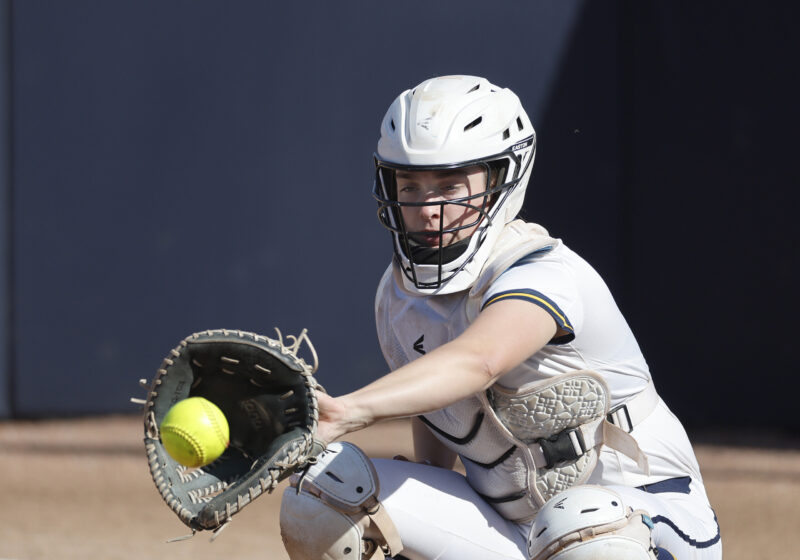“So, are you into organ music?” This might seem like an odd question to ask, since in today’s popular music realm, the organ is very rarely heard. It used to be featured in a select group of 70s bands, such as “The Doors,” but, as of late, it has been replaced by electronic synthesizers. This is an unfortunate truth, because in reality, few other instruments can match the sheer volume and power of an organ. When an organ is present, no other instruments are even necessary. Its full effect was very evident in the performances by various Eastman faculty members of select Felix Mendelssohn pieces at Christ Church this past Friday evening. It was almost a sin that the performances were free.
“There is an incredible synergy about to happen,” said Professor Emeritus of Musicology Jürgen Thym at Eastman during his opening remarks. Thym is the editor of a recently published work entitled, “Mendelssohn, the Organ, and Music of the Past and Present: Constructing Historical Legacies.” He noted that the pieces of music that were to be performed were not only works of Mendelssohn’s but also performed on instruments that were genuine reconstructions of organs during Mendelssohn’s time. The Craighead-Saunders Organ, built with 200-year- old wood and screws that were all hand-crafted, stands as a magnificent gold and ivory fortress of sound.
“The question is, why do so many of us think the old instruments sound better than the new ones?” Eastman Chair of the Department of Organ, Sacred Music, and Historical Keyboards David Higgs asked. “You will almost think you are there.”
And so we were promptly transported into the world of Mendelssohn as Edoardo Bellotti performed “Fantasy Fugue in F Minor,” which Mendelssohn wrote at the age of 15. It produced a startling wash of chromatic sound, driven by the thundering stampede of the bass, countered by a joyful melody. The organ demands a certain kind of attention when played, and this piece fully captured this effect.
Another of Mendelssohn’s extroverted pieces, “Allegro in B-flat,” performed by Stephen Kennedy, demanded attention in a similar way. However, instead of overwhelming your senses, it captured your attention as if a holy deity was drawing you near. It’s difficult to fully describe an entire experience of a Mendelssohn piece, since it resonates in a deep and personal place– it’s uplifting to the soul.
The music itself was extraordinary to experience, but so was the visual effect of watching the organs in action. The musicians acted as musical olympians, playing two keyboards at once–one with hands, another with feet–and often required playing two lines with completely different melodic intentions. Higgs’ finale of “Sonata in F Minor, Op 65, No. 1” demonstrated this. He effectively weaved two completely different tapestries together–delicate melodic lines paired with thunderous, abrasive ones–in a masterful and compelling way.
We are beyond fortunate to be able to be exposed to so many different varieties of music thanks to River Campus’ connections with Eastman. And, if you would like to experience the organ in all its glory, you have weekly opportunities. Christ Church hosts free, 25-minute organ concerts every Tuesday at 12:10pm. There are also organ performances on Sundays at the Memorial Art Gallery at 1 and 3 p.m. So do yourself a favor and take a study break–listen to some organ music performed by the best.
Kibler is a member of the class of 2017.




